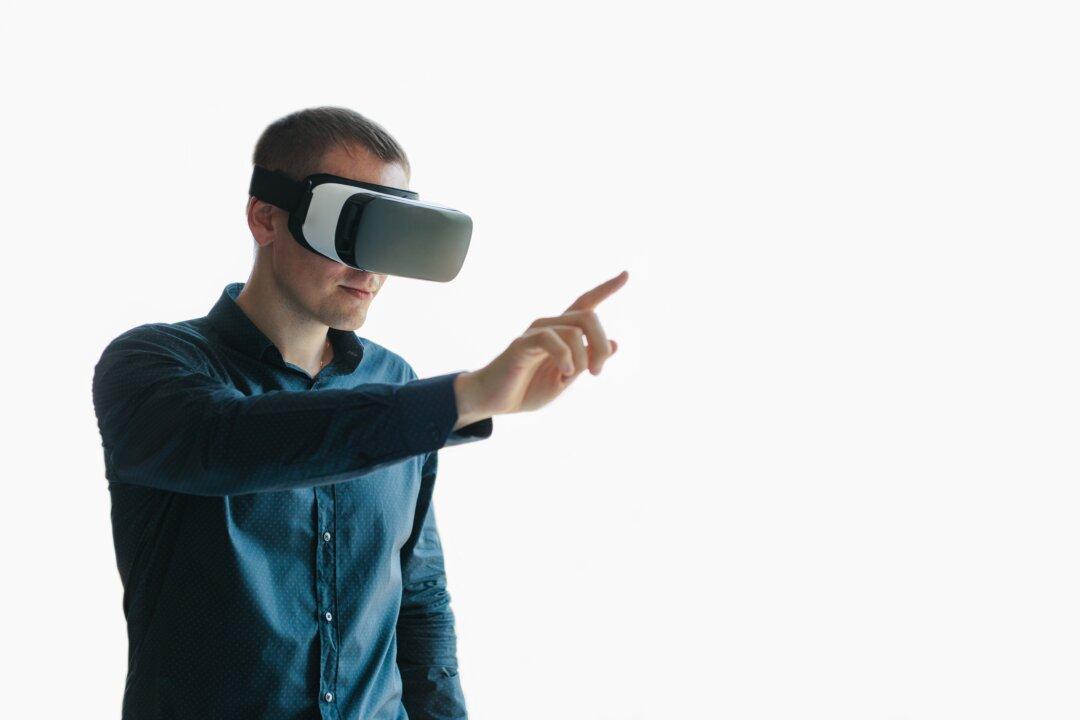Virtual reality (VR) technology first took off back in 2012. Although, did it actually ever take off?
While VR has been getting better and cheaper every year, it’s still missing the necessary advances to make it mainstream. Bulky headsets and relatively complex technology keep VR from being the next smartphone or TV set equivalent. While 2016 was the slated year for VR’s jump to mainstream, many people still don’t know what VR is or own a VR headset.






